-

Spring Security Method Level Annotations Example
This tutorial demonstrates how to use Spring Security Method Level Annotations. We can use Spring Security to secure our service layer. We can restrict which roles are able to execute a method by annotating the method with any of spring security annotations or the standard java JSR-250 annotaitons.
Date: 2019-08-10 View: 1520
-
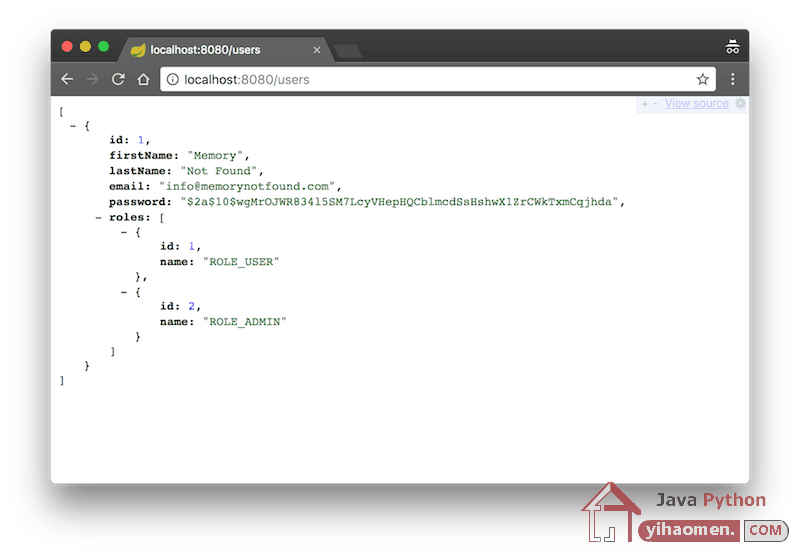
Spring Boot + Spring Security + Hibernate Configuration Example
This tutorial demonstrates how to configure Spring Security Hibernate and Spring Boot. We secure a simple stateless web service using basic authentication. We configure Spring Security using Spring Java and/or XML Configuration. Finally, we write some JUnit Integration Tests with spring-test, h2 in-memory database and MockMvc.
Date: 2019-08-10 View: 1520
-
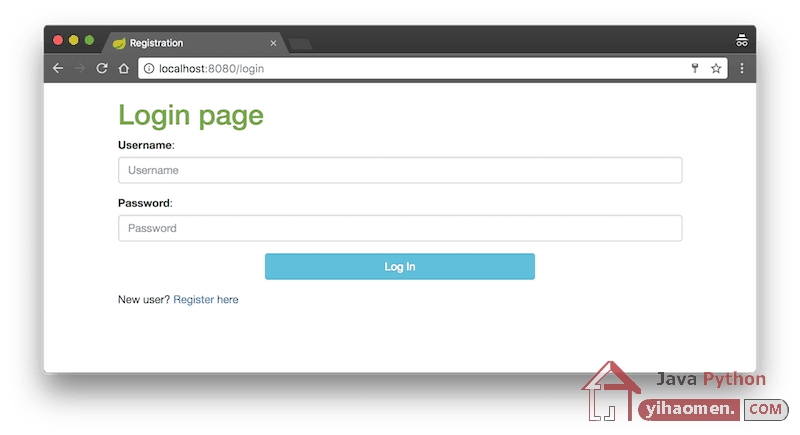
Spring Security User Registration with Hibernate and Thymeleaf
In this example we show how to create a user registration form with Spring Security, Hibernate and Thymeleaf. We validate the user registration fields with hibernate validator annotations and a custom field matching validator to validate if the email and/or password fields match.
Date: 2019-08-10 View: 1520
-
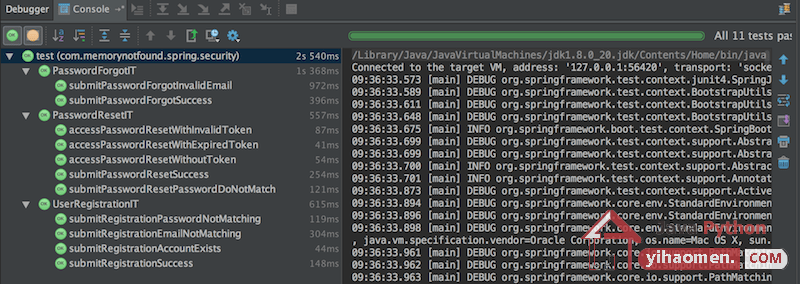
Spring Security Forgot Password Send Email Reset Password
In this tutorial we demonstrate how to use Spring Security, Spring Boot, Hibernate and Thymeleaf to program a password reset flow by sending the user an email address to verify the reset password procedure. When a user has forgot his password, he is able to request a password reset. The application will generate a unique PasswordResetToken and store it in the database. The user’ll receive an email with the unique token. When he clicks the link, the user is redirected to a page where he can change his password.
Date: 2019-08-10 View: 1520
-
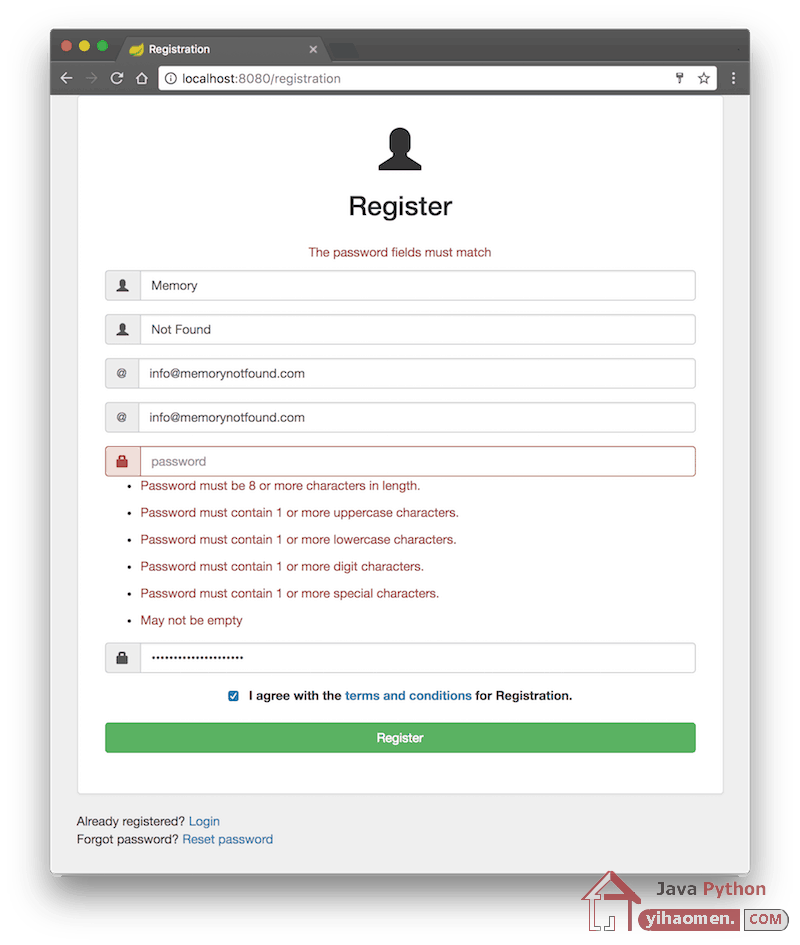
Custom Password Constraint Validator Annotation Example
This tutorial demonstrates how to create a custom password validator annotation using custom password rules. You’ll be able to annotate your password field with a @ValidPassword. This’ll trigger the custom PasswordConstraintValidator which’ll enforce a server-side password policy.
Date: 2019-08-10 View: 1520
-
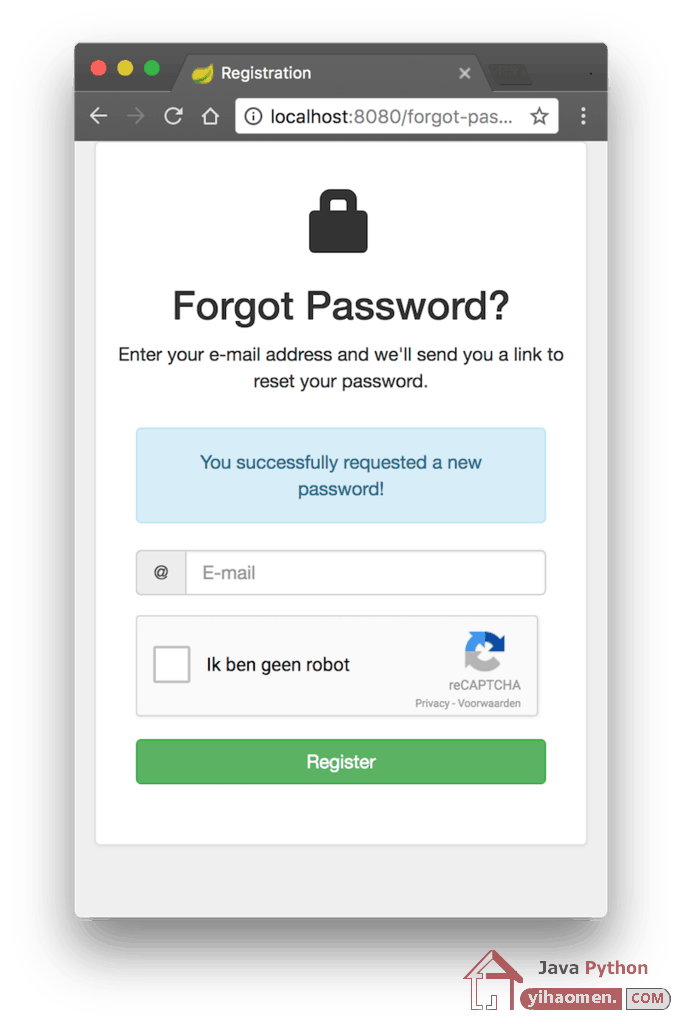
Integrate Google ReCaptcha Java Spring Web Application
This tutorial demonstrates how to integrate Google ReCaptcha into a Java Spring Web Application. reCAPTCHA is used to verify if the current computer is a human, preventing bots from automatically submitting forms. We integrated Google ReCaptcha using server side validation. We wrote a custom @ReCaptcha annotation which you can annotate your java fields. This’ll automatically handle the ReCaptcha server side validation process. At the bottom we also wrote some Unit and Integration tests using Mockito, spring-test and MockMvc.
Date: 2019-08-10 View: 1520
-
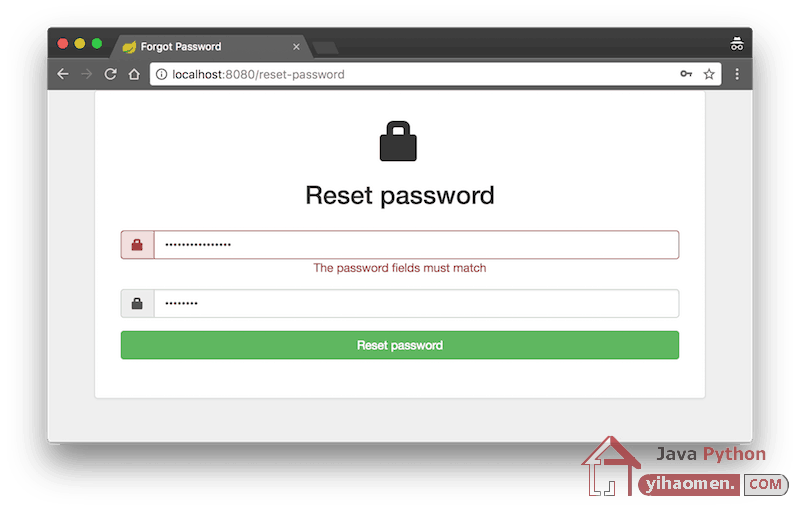
Field Matching Bean Validation Annotation Example
This tutorial demonstrates a Field Matching Bean Validation Annotation Example. When you are building forms you may come across a requirement to validate/compare if different fields inside a form are equal to another field in the same form like password and/or email fields. In this example we build a simple form where we have a password and a confirmPassword field. We need to make sure the user has entered the correct password twice before submitting the request.
Date: 2019-08-10 View: 1520
-
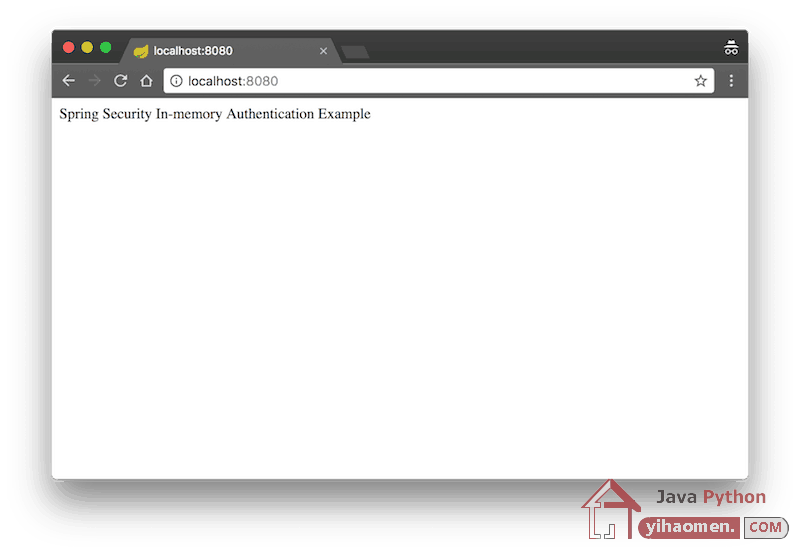
Spring Security In Memory Authentication Example
This tutorial demonstrates how to configure Spring Security to use In Memory Authentication. We can easily customize the Spring Security AuthenticationManager to use Spring Security in memory authentication and add multiple users with different attributes, authorities and roles. In this example we used HTTP Basic Authentication with stateless configuration for securing rest full web services. We also demonstrate how to create some Integration Tests using MockMvc.
Date: 2019-08-10 View: 1520
-
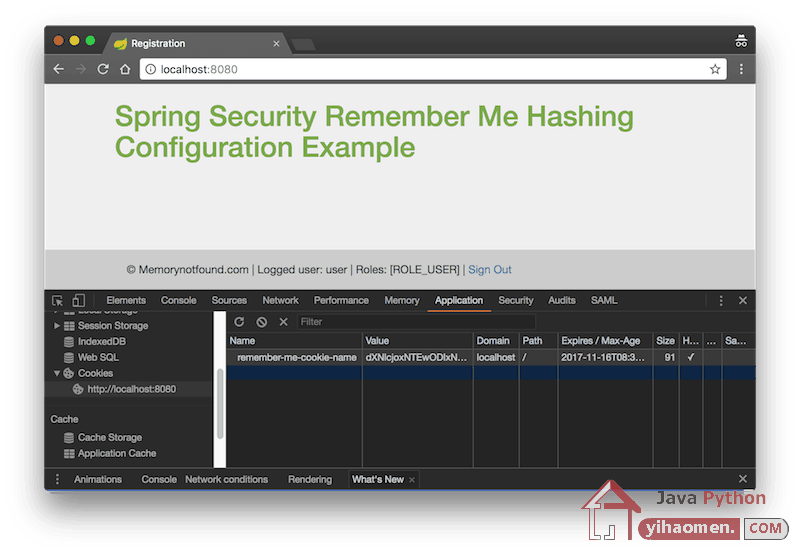
Spring Security Remember Me Hashing Authentication Example
In this tutorial we demonstrate how to create a Spring Security Remember Me Hashing Authentication application. Remember me authentication is a feature that allows web sites to remember the identity of a user between sessions. Spring security provides two remember-me implementation. One uses hashing to preserve the security of cookie-based tokens which we’ll tackle in this tutorial. The second uses a database or other persistent storage mechanism to store the generated tokens.
Date: 2019-08-10 View: 1520
- Welcome to my weblog.
- Wehcat

- About